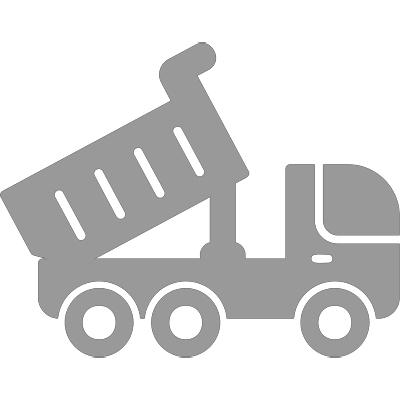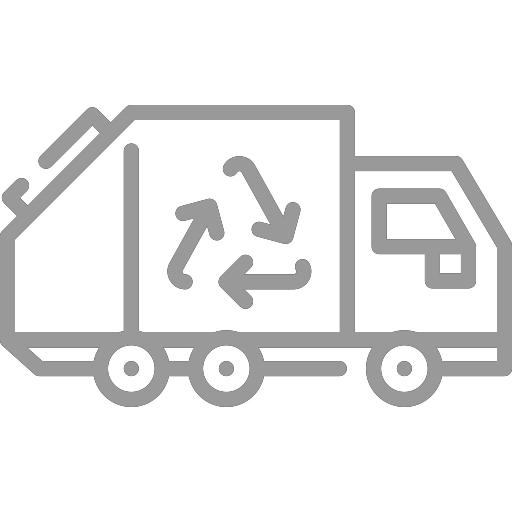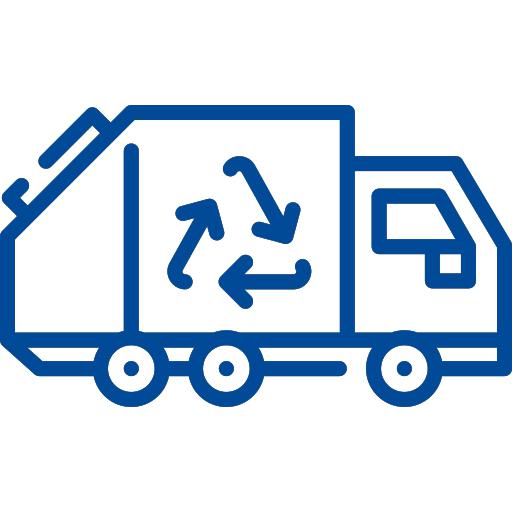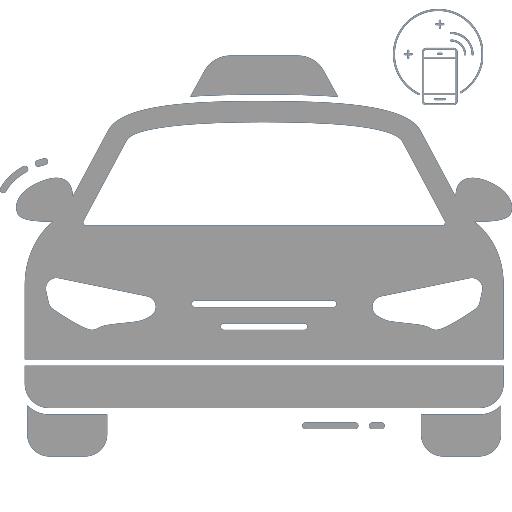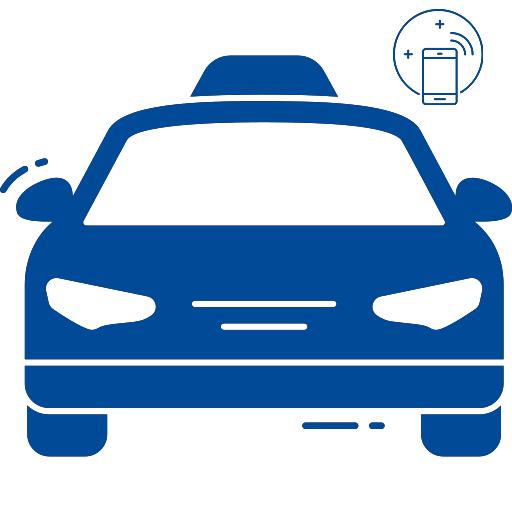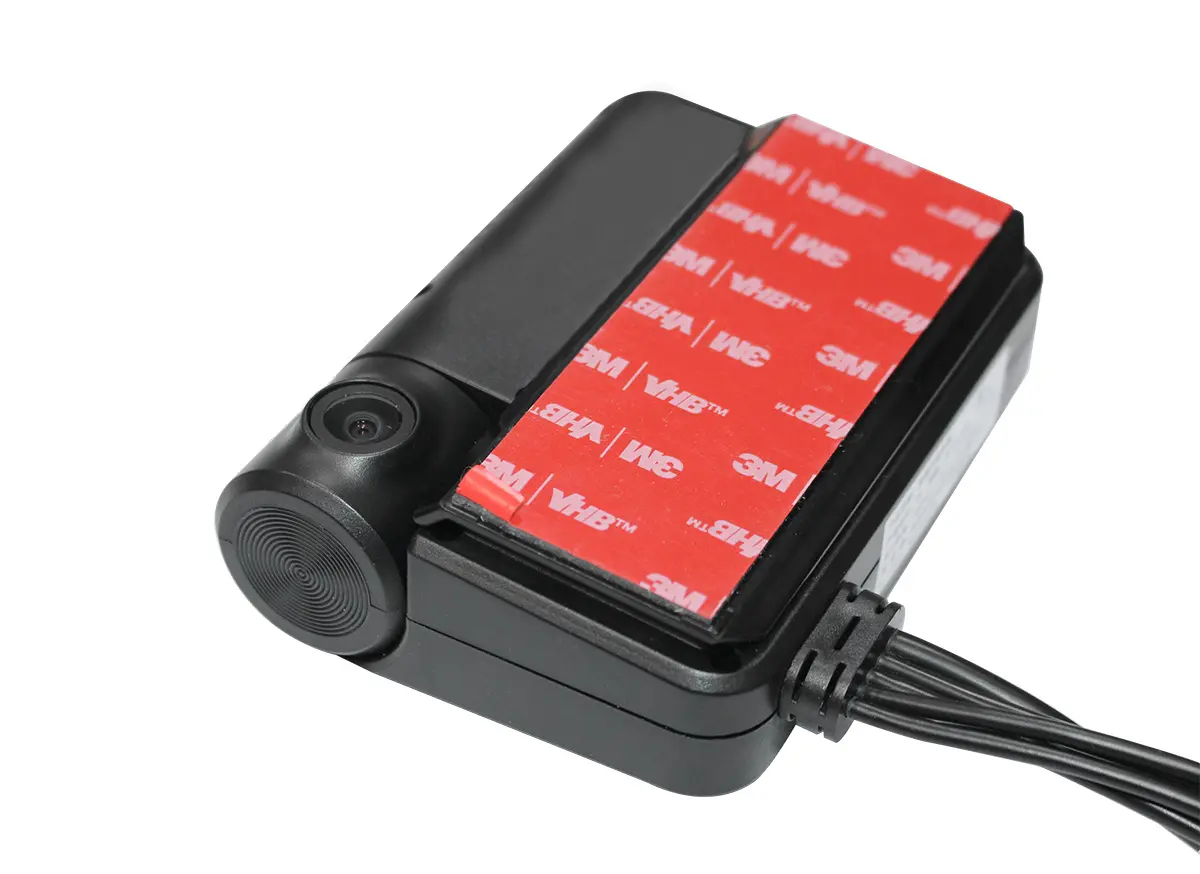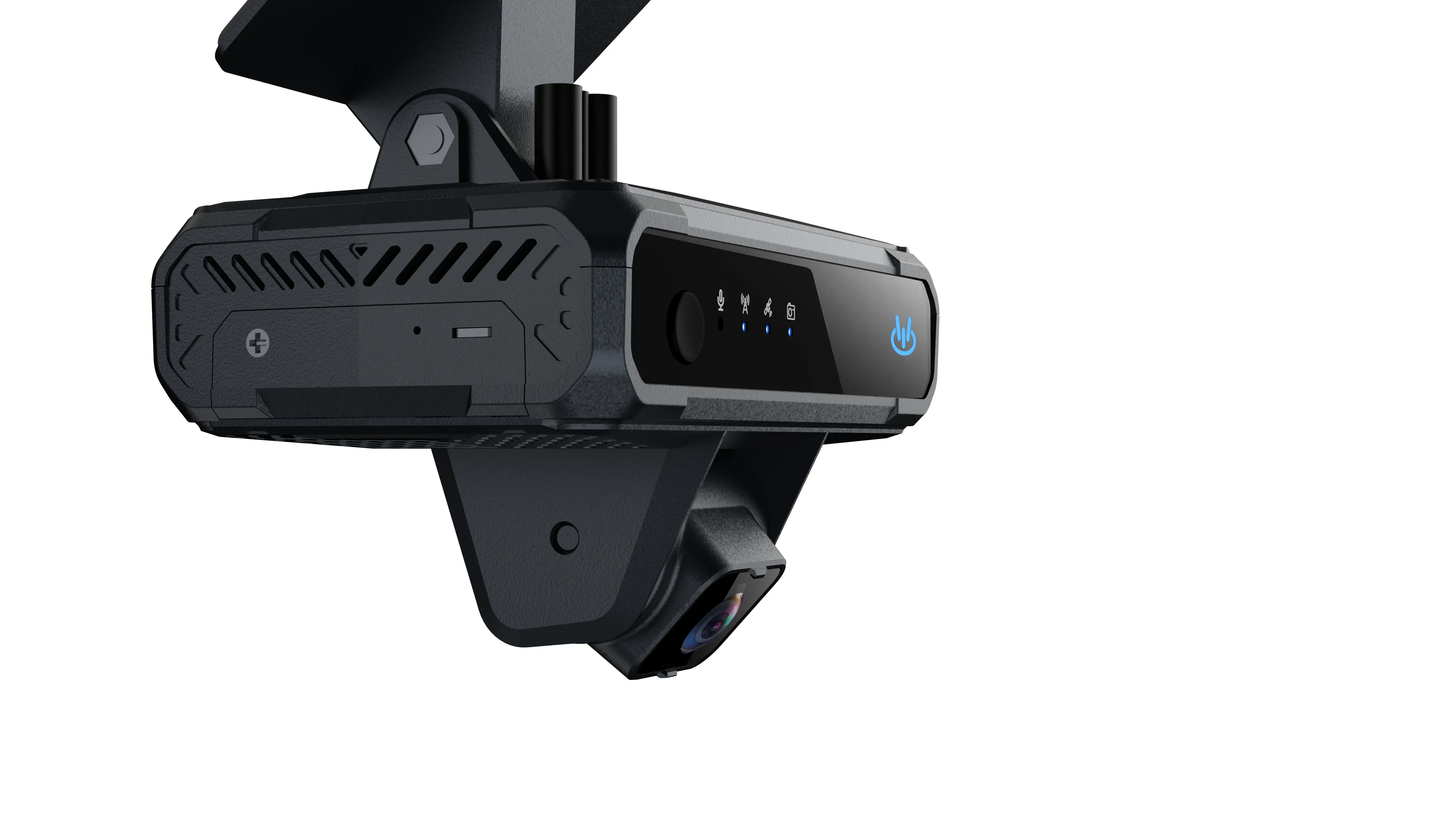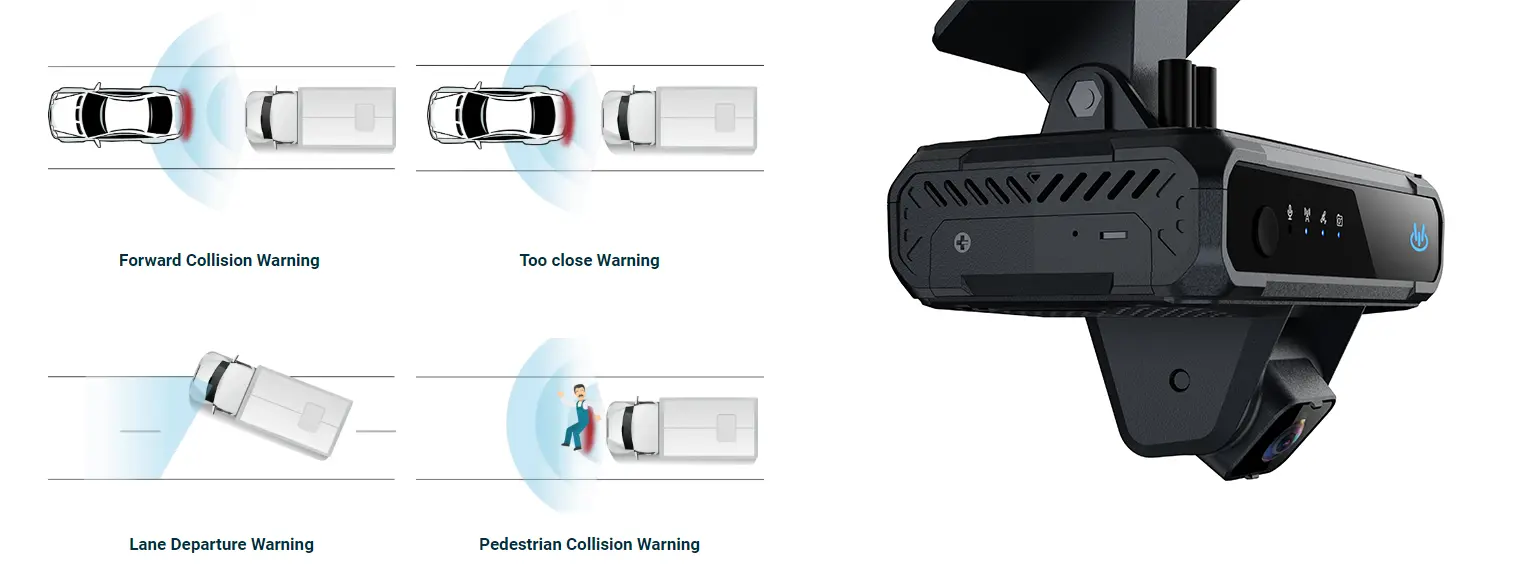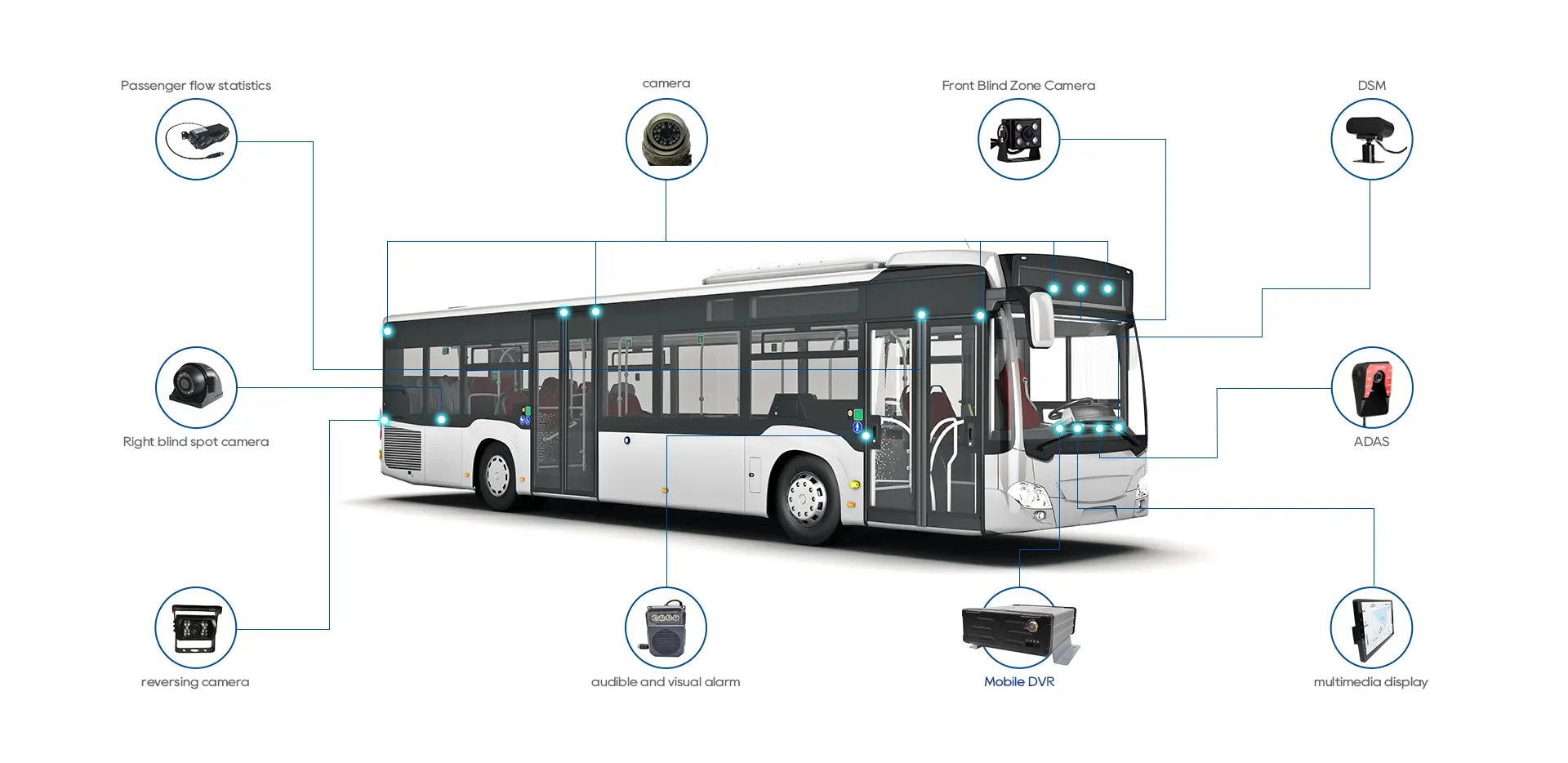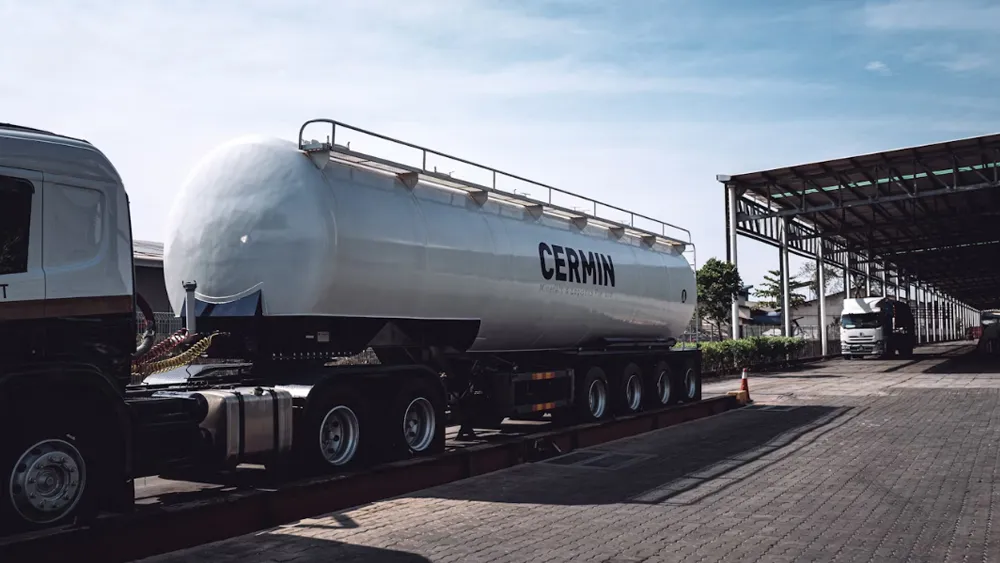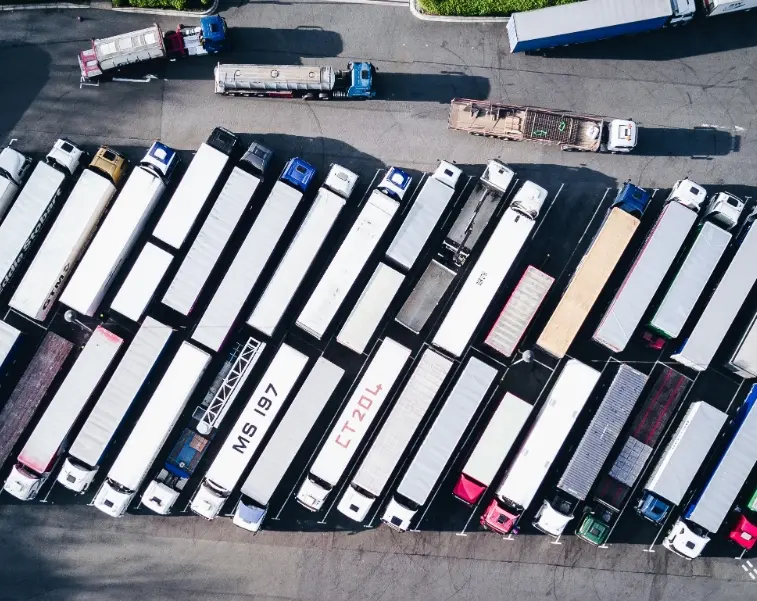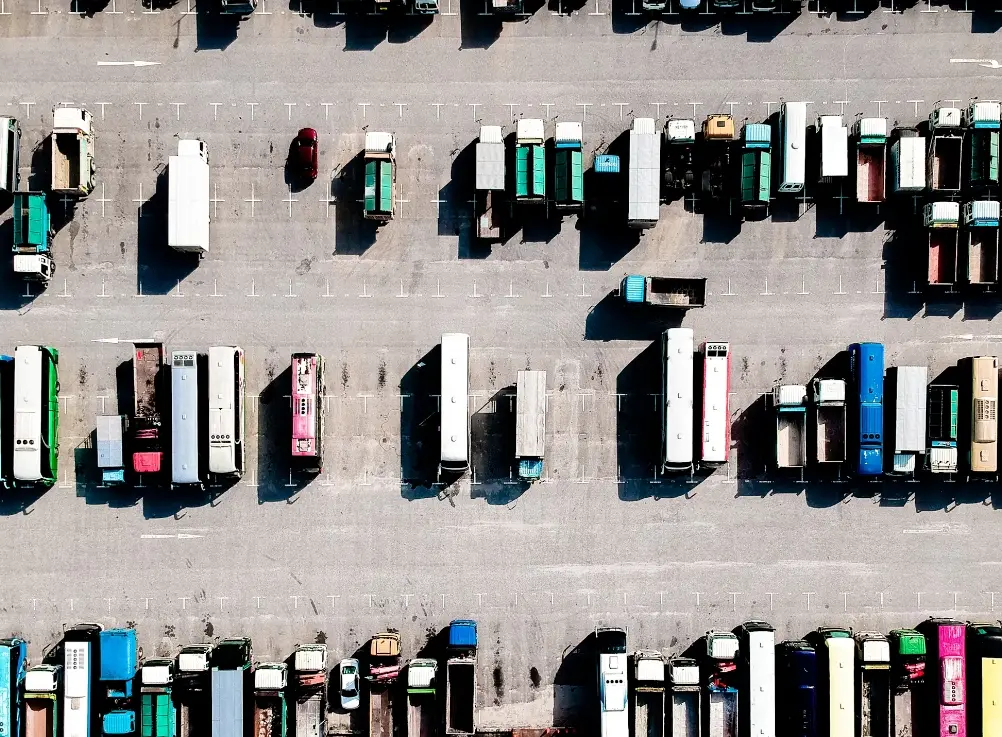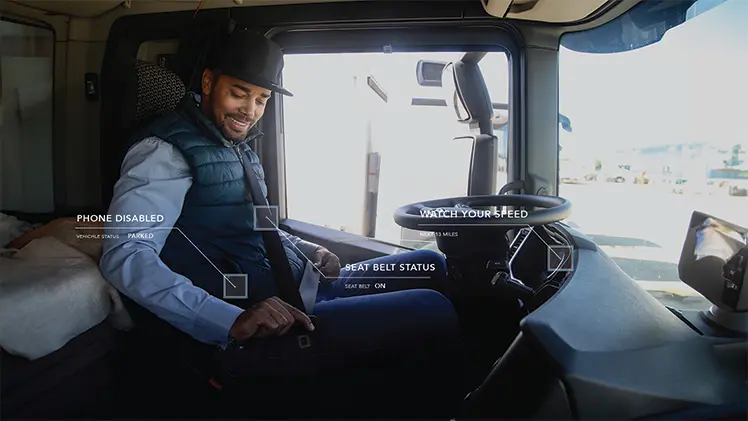How to Choose a Fleet Dash Cam?
How to Choose a Fleet Dash Camera?
With technological advancements, dash cams have become essential equipment for an increasing number of vehicle owners. However, some drivers still question the necessity of installing a dash cam. In reality, dash cams play a critical role in enhancing driving safety in the following ways:

1. Enhancing Driving Safety
Dash cams can record real-time driving conditions, helping drivers better understand road situations and prevent accidents. In the event of an accident, they provide crucial evidence to clarify responsibility and protect the driver's rights.
2. Optimizing Insurance Claims
Installing a dash cam may qualify drivers for insurance discounts and can also improve the efficiency of claims processing by providing clear footage of incidents.
3. Regulating Fleet Management
For businesses and organizations, dash cams help monitor vehicle usage, prevent improper behavior, and record data such as mileage and fuel consumption, supporting vehicle maintenance and management.
In summary, installing a dash cam offers multiple benefits, including enhancing driving safety, preventing fraud, and promoting responsible driving behavior, making it a worthwhile investment. However, with so many options available on the market, it’s important to consider several key parameters when choosing a dash cam:
Key Parameters for Selecting a Dash Cam
1. Resolution
Currently, 1080P resolution is the mainstream choice for GPS dash cams. Higher resolutions, such as 2K or 4K, offer clearer images but consume more storage space. Choose based on your actual needs.
2. Memory Capacity
Storage capacity is crucial for dash cam functionality. For 1080P resolution:
- 32GB can record about 6 hours,
- 64GB about 12 hours,
- 128GB about 24 hours.
Most devices support loop recording. Select an appropriate capacity based on your daily driving time.
3. Night Vision Performance
Clear night recording is essential and mainly determined by the aperture size. Generally, a smaller f-number indicates better night vision performance:
- F1.6 > F1.8 > F2.0 > F2.2
4. Field of View (FOV)
A FOV between 130° and 150° is recommended. A wider angle may cause image distortion, reducing the effectiveness of the evidence.
5. Emergency Event Recording
Dash cams equipped with G-sensors and snapshot functions can automatically lock and save video footage upon impact and upload it to the cloud, preventing it from being overwritten. These devices typically support real-time viewing through a mobile app.
6. GPS Accuracy
Current civilian GPS systems have a positioning accuracy within 10 meters, which is sufficient for everyday use.
Recommended Models: YUWEI Dash Cam Series
Based on the above criteria, YUWEI offers two dash cam models that are worth considering for their overall performance and cost-effectiveness:
V5 Series Smart Dual Recording Dash Cam
- Supports multiple camera configurations to monitor the interior, driver, or rear of the vehicle.
- Compatible with the Y13 DMS camera for driver monitoring.
- Features ADAS driving assistance and abnormal event alerts.
- Supports 4G LTE network for remote real-time monitoring and rapid event uploads.
- Suitable for government and corporate fleets, freight vehicles, ride-hailing cars, and taxis.
V8N 4G Multi-Camera Dash Cam
- Built-in 4G communication module, Wi-Fi, and GNSS module.
- Supports up to five cameras for multi-angle, multi-scene recording.
- Equipped with visual AI, supporting simultaneous ADAS and DMS operation.
- Includes event alerts and one-click SOS emergency call functions.
- Widely applicable to general freight, heavy trucks, and small to medium-sized commercial vehicles.
This concludes the reference guide on the importance of dash cams and how to choose the right one.
We hope this helps you find a suitable dash cam based on your needs and budget, making your driving experience safer and more secure!
More:School Bus Surveillance System | Dump Truck Surveillance System | Truck Surveillance Camera















